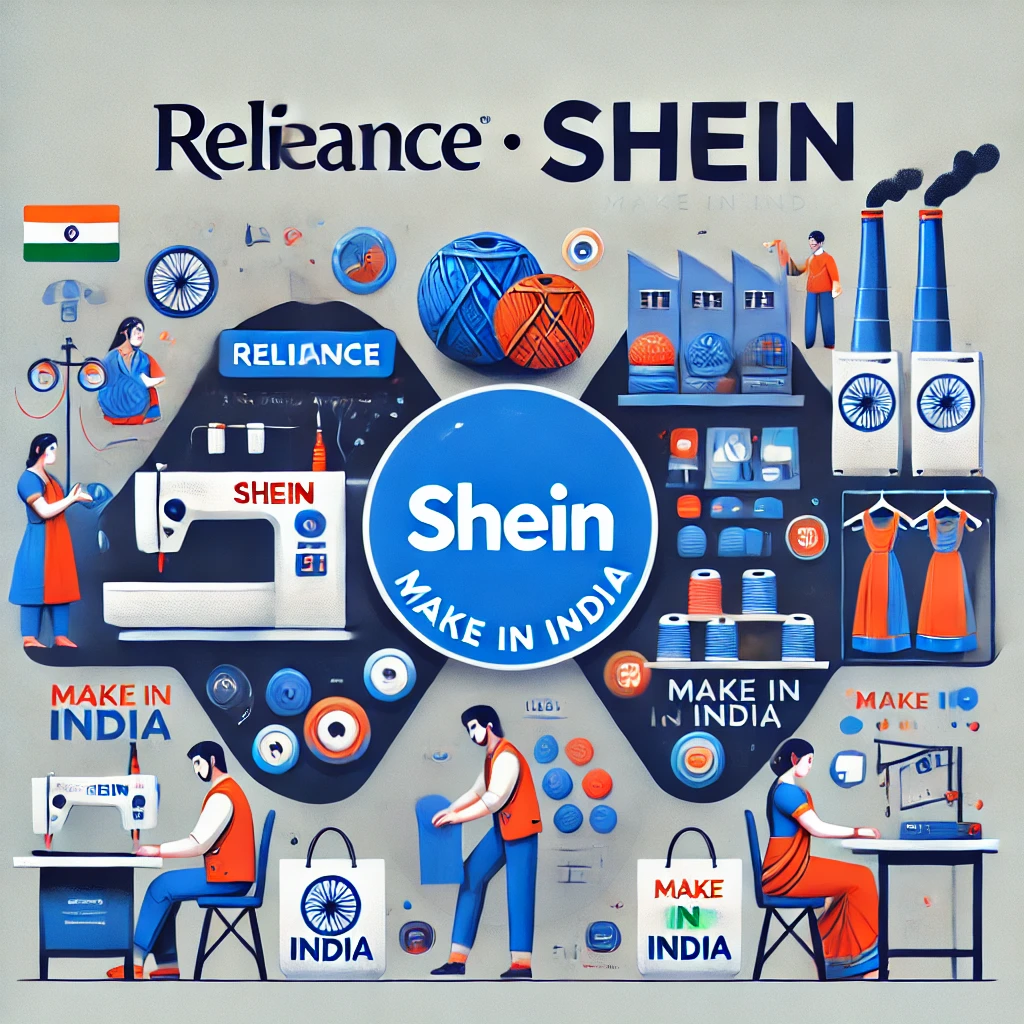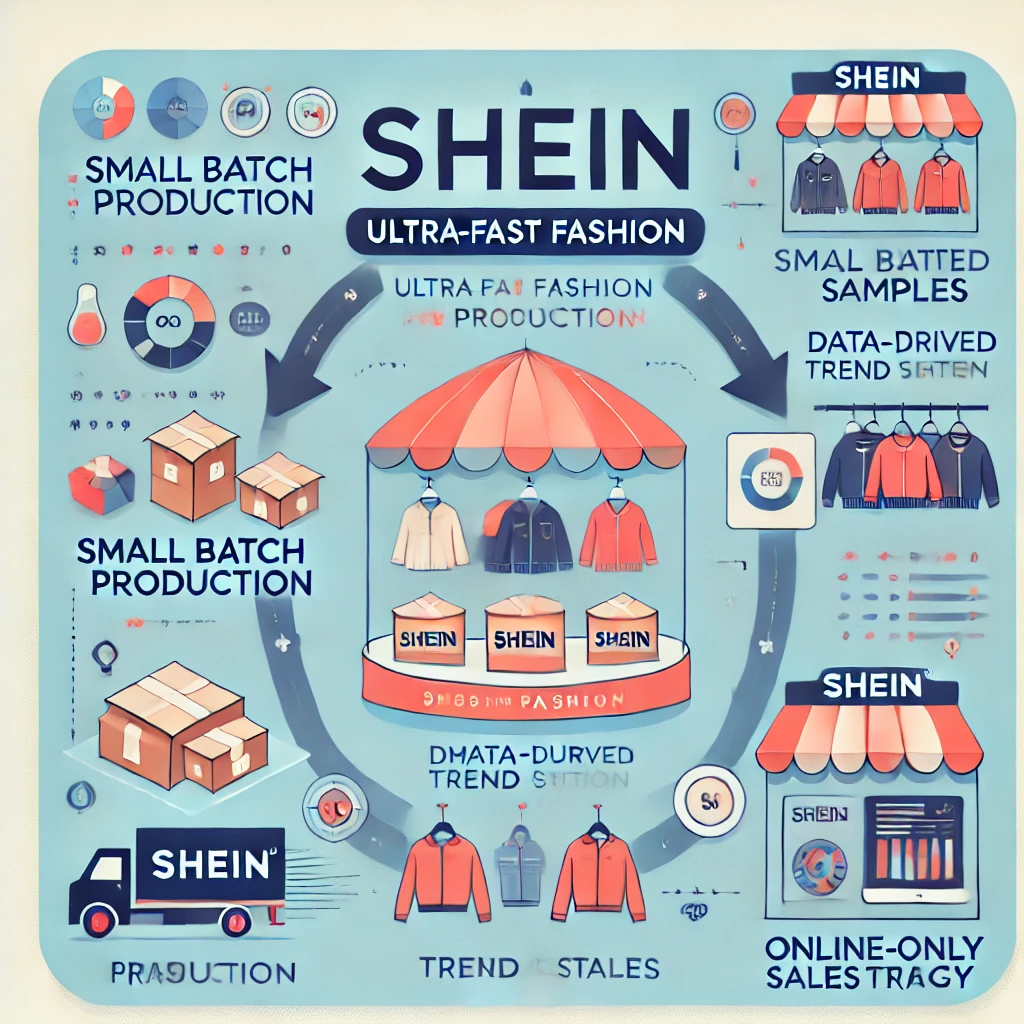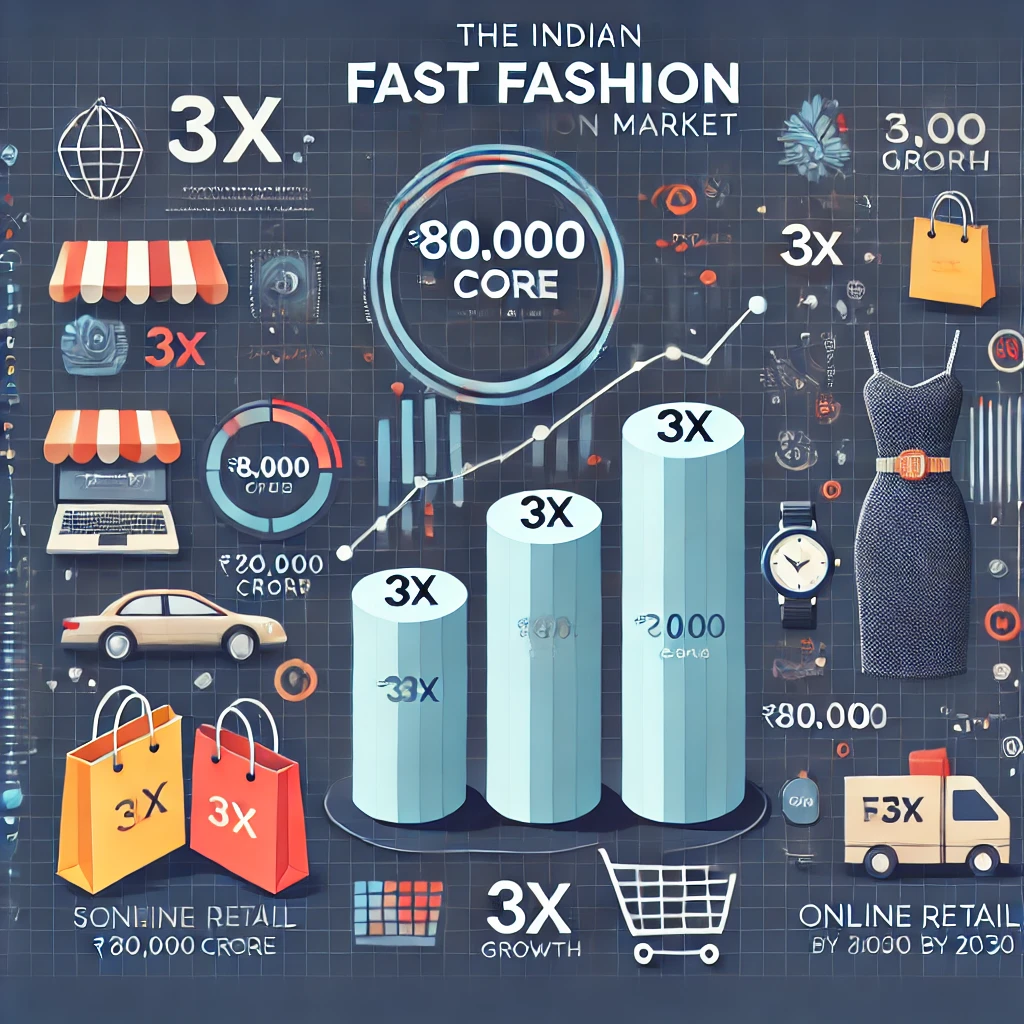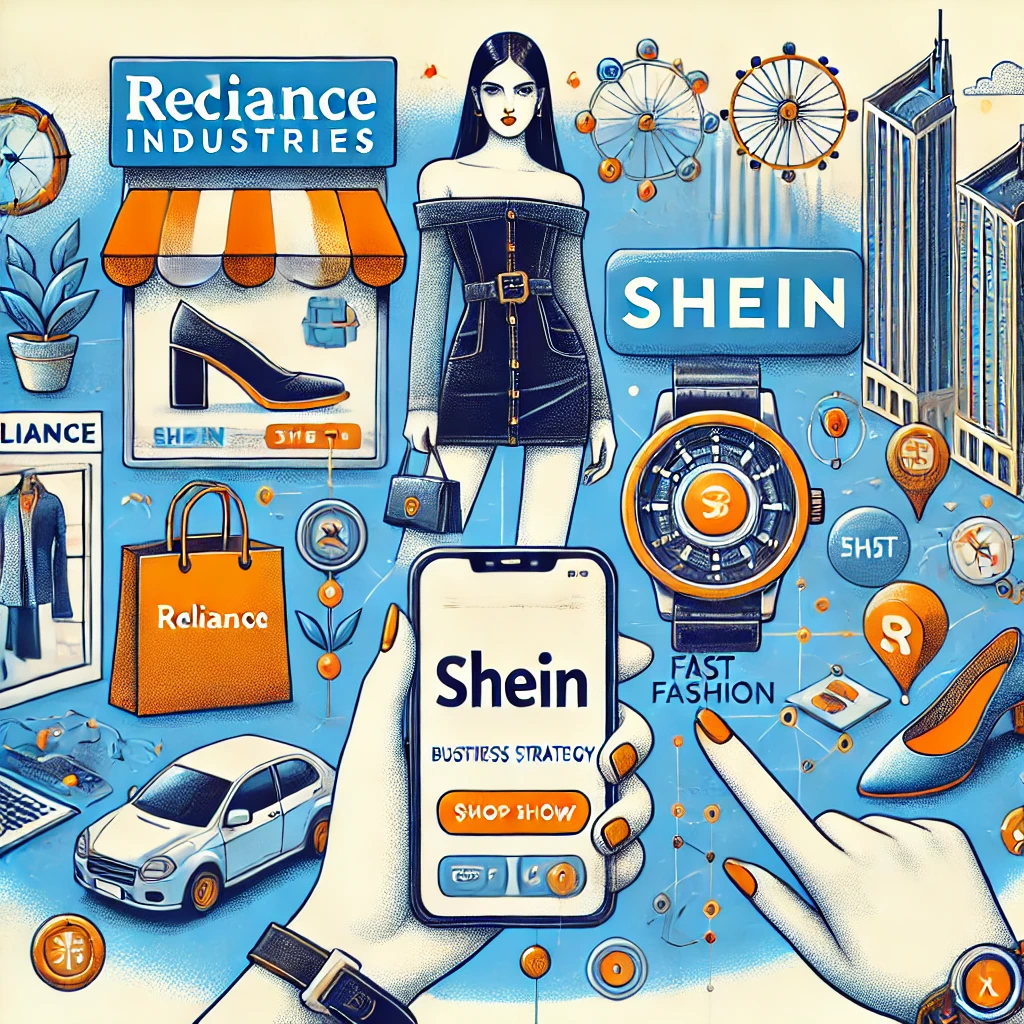Introduction
Reliance is bringing Shein, the world’s cheapest fast-fashion company, back to India. By the way, this costed us just ₹399! Shein, the Chinese giant famous for its dirt-cheap clothes, is back in India after getting banned in 2020. This comeback has been made possible by none other than the Ambanis, who are aiming to disrupt India’s ₹80,000 crore fast-fashion industry. Shein’s buzz is so big that it was trending in the top 10 apps of the App Store in its first week of return.
So how is a so-called Chinese company making a return to India? How does Shein maintain such low prices? What is its business model? And most importantly, what’s in it for Reliance? Let’s break it down.
Why is Shein So Cheap and Why Was It Banned?

Shein’s affordability can be attributed to three main factors:
1. The Ultra Fashion Model
This model was first introduced by Zara and later adopted by brands like H&M and Zudio. Instead of mass-producing thousands of units, Shein produces a batch of 100 samples of trending styles, tests them in the market, and only mass-produces the best-performing designs. This reduces unsold inventory and minimizes costs.
Moreover, Shein has built strong partnerships with Chinese third-party manufacturers who accept extremely low minimum order quantities (MOQs). For context, Zara produces at least 300-500 units per design, while Shein only produces 100.
2. The Online-Only Strategy
Unlike traditional fashion brands, Shein does not own physical stores. Everything operates through its app and website, significantly reducing capital expenditures. Additionally, Shein outsources most of its design work to suppliers, relying heavily on data analytics to identify popular designs. However, this has led to multiple copyright lawsuits from major brands worldwide.
3. Exploiting Tax Loopholes
Shein has been accused of using tax loopholes to reduce import costs. For instance, in the US, they used the “de minimis” rule, which exempts packages below $800 from import duties. Similarly, in India, they shipped products as “gifts” since gift imports below ₹5,000 are duty-free.
Why Was Shein Banned?
Despite its success, Shein faced backlash globally for issues related to data security, labor exploitation, and tax evasion. India banned the platform in 2020 due to concerns over Chinese data privacy policies. However, under the new Reliance partnership, things are set to change.
The Reliance-Shein Partnership: What’s Different?

The nature of Shein’s return is not a joint venture but a license agreement. Here’s what it entails:
- Reliance Will Own the Shein App in India – This includes complete control over consumer data, addressing data security concerns.
- Localized Supply Chain – Unlike before, all Shein products in India will be manufactured domestically, eliminating Chinese imports.
- Boost to Local Manufacturers – Reliance will create a network of Indian manufacturers to supply products under the Shein brand.
- Revenue-Sharing Model – Shein will earn a fixed fee or a percentage of revenue for allowing Reliance to use its brand name.
Government authorities have approved this deal because it promises job creation, economic growth, and a boost to India’s manufacturing sector.
Why This is a Masterstroke for Reliance
For Shein, this deal ensures revenue without significant effort while keeping the brand relevant in India. But for Reliance, it’s a strategic move to dominate India’s fast-fashion industry.
Reliance’s Struggles in Fast Fashion
Currently, Reliance’s Ajio holds only a 4.5% market share in online fashion retail. Meanwhile, competitors like Flipkart, Myntra, Meesho, and Amazon dominate the space. In offline retail, Tata’s Zudio has outperformed even its parent brand Westside, generating over ₹6,000 crore in revenue. Reliance attempted to compete by launching Usta in 2023, but it failed to gain traction.
By partnering with Shein, Reliance can leverage Shein’s strong brand recall and consumer trust instead of building a brand from scratch.
The Demand Side: Why Fast Fashion is Booming in India

India’s fast-fashion market is currently valued at ₹80,000 crore and is expected to triple by 2030. To put this in perspective, Shein’s global sales are already three times bigger than India’s entire fast-fashion market. This highlights the immense growth potential in India.
Moreover, the primary consumers driving this growth are Gen Z and Millennials, who prioritize affordability and trendiness over premium fabric quality. This trend is also catching up in Tier-2 cities, where brands like Zudio and Vishal Mega Mart are thriving.
Segmentation in Fast Fashion
India’s fast-fashion industry is divided into three price segments:
- Premium
- Medium Value
- Ultra Value (where Shein operates)
The Ultra Value segment is the most competitive and price-sensitive, making customer loyalty difficult. Shein’s expertise in this segment will be crucial for Reliance’s success.
Conclusion
Reliance’s partnership with Shein marks a significant shift in India’s fast-fashion landscape. By leveraging Shein’s brand power and applying a localized supply chain, Reliance aims to disrupt the industry and boost its market share. While challenges remain, Reliance has a history of transforming industries it enters.
Will this partnership revolutionize fast fashion in India? Only time will tell, but Reliance seems poised to make a major impact.
FAQ
1. Why was Shein banned in India?
Shein was banned in India in 2020 due to concerns over data security and Chinese ownership. The Indian government cracked down on Chinese apps due to privacy issues and national security concerns.
2. How is Shein able to return to India?
Shein is returning to India through a licensing agreement with Reliance. Reliance will own and operate Shein’s app, ensuring that all consumer data stays within India. Additionally, all manufacturing will be done locally.
3. Will Shein’s products still be cheap?
Yes, but with a twist. Since the manufacturing will be localized, pricing may be slightly adjusted. However, Shein’s cost-saving strategies, including an online-only model and small-batch production, will help keep prices competitive.
4. How does Reliance benefit from this partnership?
Reliance gains instant access to Shein’s massive brand recall and consumer trust. This saves Reliance the effort of building a new fast-fashion brand from scratch while also helping it expand its market share in the fashion segment.
5. Will Shein’s return create jobs in India?
Yes. Since the new agreement ensures that all products will be manufactured locally, Indian manufacturers and factory workers will benefit from increased production demand.
6. What does this mean for other fast-fashion brands in India?
Competitors like Myntra, Flipkart, and Amazon may face increased competition, especially in the affordable fashion segment. Brands like Zudio, Meesho, and Ajio will have to strategize to retain customers in the face of Shein’s aggressive comeback.
If you found this insightful, drop a comment and let us know your thoughts! Also, don’t forget to grab the free resource linked in the description. Happy shopping!










